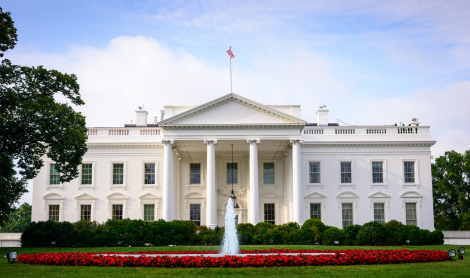In US News’ most recent ranking of the best high schools in the country, charter schools crushed it: More than one in five schools on the list was a charter school, despite only making up only one of ten of all schools nationally.
As charter advocates, it’s easy to focus on the competitive nature of the list—who went up, who went down—or whether there are more charters listed this year than last. But doing so distracts us from the more important question: how can we help grow and expand these schools, and other great charter schools across the country, so that they can serve more students? With hundreds of thousands of students on waiting lists around the country, it’s imperative that we create more high-quality seats in every way possible.
Our recent policy resource Expanding Access to High-Performing Charters shares how three states created policies that encourage the most successful schools to grow and serve more students. It all comes down to whether state policies ensure authorizers can remove operational and bureaucratic challenges for schools, thus freeing up a school’s administrative resources.
In these states, authorizers can require less reporting or less demanding site visits for high-performing schools. They can also encourage growth by streamlining the process for expansion or replication, or by removing specific barriers to growth, such as permitting these strong schools to operate multiple schools under a single board.
Encouraging proven schools to expand and replicate can be a winning policy for authorizers as well. One benefit: they can allocate more time to overseeing other schools in their portfolio. Helping the top-performing schools to expand can also offset the challenge of closing under-performing schools, ensuring an authorizer’s portfolio is consistently creating more seats for students.
In order to effectively make use of these opportunities, however, policymakers must clearly define what makes a school “high-performing.” This not only identifies schools ripe for growth, but also sets a concrete example for other schools. While academic performance should be the priority in evaluating schools, financial and operational soundness are also important metrics to identify schools ready to expand.
If it works, we want more, so let’s get strategic to make that happen. Expanding proven schools must be one way we meet the need for high-quality school options. Authorizers and state policymakers can play an important part in identifying schools ripe for growth and creating opportunities for these schools to serve more students.
Jason Zwara analyzes and develops charter authorizing policies as part of NACSA’s policy team. He tracks state and federal legislation and creates policy resources for members and advocacy partners. Have policy questions? Please reach out at [email protected]


